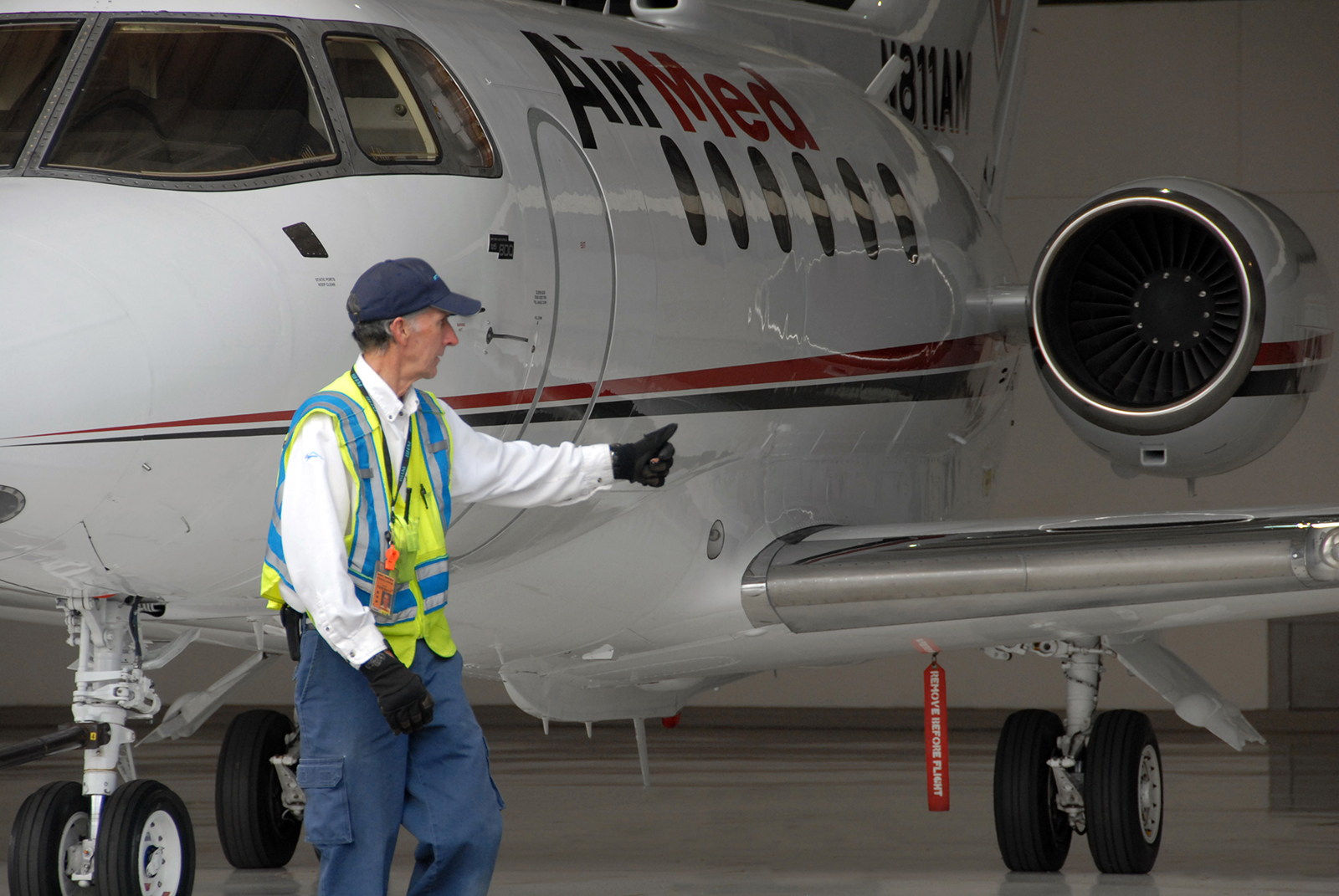5 Major Tips for Increasing Air Medical Ambulance Safety

Posted on July 11, 2018
The operations carried out by air medical transportation companies are unique in nature as these require transporting people with critical medical attention and care needs. Trusting an air ambulance provider is one of the most critical decisions that patients and their loved ones make. The air medical transport industry should therefore take all possible measures to safely transport patients and work towards building credibility. Mentioned below are some of the ways air medical transport companies can ensure air medical ambulance safety:
Accreditation and Certifications
National Transportation Safety Board (NTSB), an independent agency has undertaken the responsibility of promoting air medical transportation safety and determining the likely causes of accidents. They pushed the Federal Aviation Administration (FAA) to bring forth improvements in transportation standards and medical flights safety. Rules set forth by the FAA for the air medical transportation industry has helped enhance air medical transportation standards, improved training procedures, communications and on-board safety equipment.
Air medical transport companies that are accredited by FAA and CAMTS like AirMed follow safety standards set forth by NTSB. CAMTS accreditation and FAA certification testify the quality and efficiency of the services provided by air medical transport providers.
Low visibility and bad weather
According to NTSB, fatal air medical transportation accidents are most likely to occur as a result of encountering bad weather and poor visibility. This requires scenario-based training, that should cover usage of simulators and flight devices. Standards set forth by FAA requires air medical transportation providers to ensure that their crew is not only trained but also proficient in instrument flying, including low visibility and accidental flight into clouds.
Since poor weather can serve as the biggest challenge pilots could face, FAA requires air medical transport companies to ensure their air ambulance are well-equipped with: terrain awareness and alerting systems, including NVIS and H-TAWS. Dealing with bad weather, especially at night could be fatal, hence why the pilots should be able to use night vision imaging and autopilot systems proficiently.
Equipment failure
Not only does an air medical transport provider should arrange for sufficient equipment to care for a patient but there should also be back-up equipment in case of equipment failure. AirMed aircrafts are equipped with state-of-the-art medical equipment, where it also ensures there is emergency equipment at standby. Moreover, for medical emergencies requiring additional resources, there are diversion plans placed around the world.
Safety management
Employees need to be aware of the safety guidelines and abide by them. Air medical transport providers should ensure that all members participate in the proactive safety program and their training fulfils the safety criterion set forth by FAA.
Line maintenance team should ensure that flight prep areas are clear of any debris that can harm aircraft and personnel.
There should be sufficient fire extinguisher equipment on-board and the employees need be trained in handling it.
There should be a safety committee to oversee the safety management systems: review, forcast and suggest future regulatory changes.
Air medical transport companies are also encouraged to use a Revilizer. It is a safety tool designed to analyse medical department and aviation safety risk values and safety reports to provide an overall risk number.
Emergency evacuation
Accidents occur and the best one can do is to be prepared to deal with it, while minimizing the overall impact. Hence, requiring the crew to go through survival training and aircraft-ditching drills. AirMed ensures that their crew is fully trained in deploying rafts, using survival-kit content, handling life vests, erecting the canopy, while ensuring the safety of the patients and their loved ones.
Decision-making
This is perhaps the most important element to gauge the crews cognitive ability: from choosing the appropriate aircraft, equipment and crew, there could be live challenging decisions that would have to be made on-board. These could be related to the patient’s treatment or decisions to land. Air medical transport providers should therefore ensure that, their crew is not only certified/trained and mentally/physically fit to carry out operations they are assigned but are also capable of taking the right course of action
To find out more about the safety precautions carried out by AirMed, get in touch with our support team today.